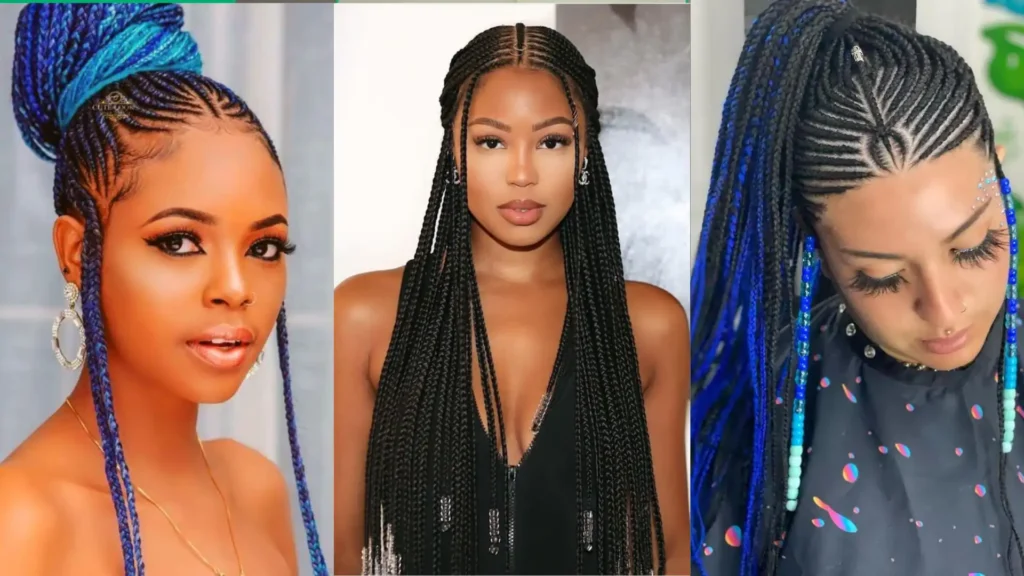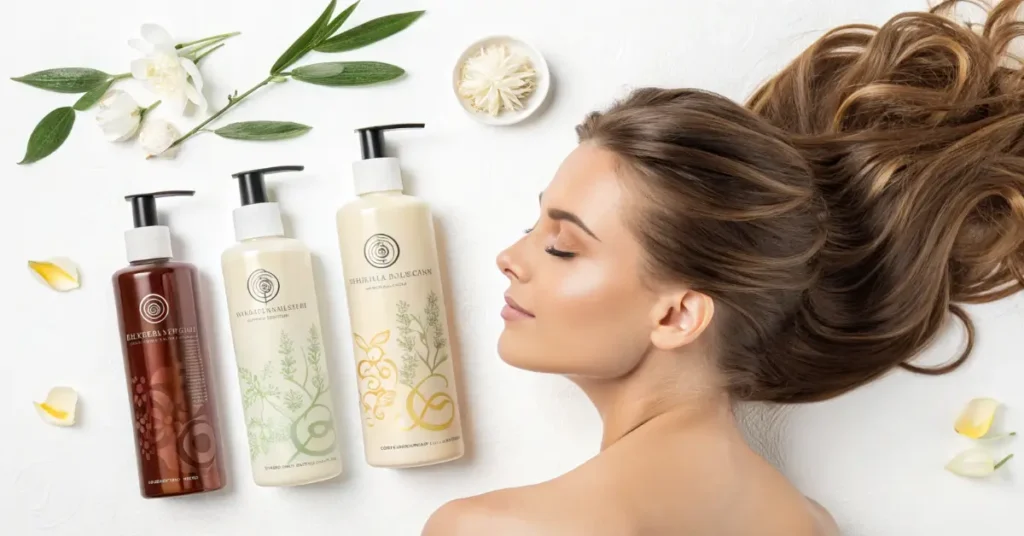Fulani braids are more than just a stylish hairstyle—they are a cultural statement with deep historical roots. Originating from the Fulani tribe of West Africa, these braids have gained popularity in contemporary fashion for their unique patterns and versatile styling options. In this article, we will explore the history, types, styling methods, and benefits of Fulani braids, ensuring you have all the information you need to embrace this beautiful hairstyle.
History and Cultural Background
Origins in the Fulani Tribe
- The Fulani tribe, also known as the Fula or Fulbe, is spread across several West African countries, including Nigeria, Mali, and Senegal.
- Traditionally, Fulani braids were worn by women to signify their social status, marital status, and tribal affiliation.
- The intricate patterns and adornments, such as beads and cowrie shells, held cultural significance, often indicating wealth and beauty.
Spread and Evolution
- As African cultures mingled through migration and diaspora, braids spread beyond their traditional roots.
- They became a prominent part of African American culture, particularly during the Black Power movement, symbolizing pride in African heritage.
- Modern adaptations have introduced new styles and techniques, blending traditional elements with contemporary fashion trends.
Types of Fulani Braids
Traditional Fulani Braids
- Characterized by cornrows braided close to the scalp and a central parting.
- Typically adorned with beads and other decorative elements.
- Maintains the cultural essence of the Fulani tribe with minimal modifications.
Modern Variations
- Curly Fulani Braids
- Combines the structure of braids with curly extensions for added volume and texture.
- Maintenance involves regular moisturizing and detangling of the curls.
- Braided Bun Fulani Braids
- Features braids styled into a high or low bun.
- Suitable for formal occasions and offers a sleek, polished look.
- Fulani Braids with Beads
- Beads are strategically placed along the length of the braids or at the ends.
- Adds a touch of personal style and can signify different cultural meanings.
How to Style Fulani Braids
Preparation and Tools Needed
- Start with clean, detangled hair.
- Gather essential tools: comb, edge control, hair extensions (optional), beads, and a needle and thread for bead application.
Step-by-Step Guide
- Parting the Hair
- Create a central parting and section the hair.
- Braiding
- Begin braiding close to the scalp, ensuring even tension.
- Adding Extensions
- Incorporate hair extensions as needed for length and volume.
- Adorning with Beads
- Thread beads onto the braids using a needle and thread.
- Securing the Ends
- Use small rubber bands to secure the ends of the braids.
Maintenance and Care
- Daily Care Routine
- Moisturize the scalp regularly to prevent dryness.
- Wrap hair with a silk or satin scarf at night to maintain the style.
- Prolonging the Style’s Lifespan
- Avoid excessive manipulation and tight hairstyles that can cause breakage.
- Refresh edges and touch up loose braids as needed.
Popular Fulani Braid Styles
Top Styles in 2024
- Fulani Tribal Braids
- Features traditional patterns and adornments.
- Ideal for those seeking an authentic look.
- Braids with Curls
- Combines the sleekness of braids with the volume of curls.
- Perfect for a glamorous, textured appearance.
- Flip-over Fulani Braids
- Allows for versatile styling, including side parts and updos.
- Suitable for various face shapes.
- Braids with Designs
- Incorporates creative patterns and unique partings.
- Offers endless possibilities for personalization.
Benefits of Fulani Braids
Protective Styling
- braids protect natural hair by minimizing exposure to heat and environmental damage.
- Helps retain hair length and promotes healthy growth.
Versatility and Fashion
- Suitable for both casual and formal occasions.
- Endorsed by celebrities and influencers, contributing to its widespread popularity.
Frequently Asked Questions (FAQs)
- How long do Fulani braids last?
- Typically, braids last 4-6 weeks with proper care.
- Can Fulani braids be done on short hair?
- Yes, extensions can be added to short hair to achieve the desired length.
- How do you wash Fulani braids?
- Use a diluted shampoo solution and gently cleanse the scalp. Avoid rubbing the braids to prevent frizz.
- What type of hair is best for Fulani braids?
- Natural hair textures work best, but any hair type can be braided with proper care and technique.
- Are Fulani braids suitable for all hair types?
- Yes, with the right method and maintenance, braids can be adapted to any hair type.
Common Issues and Solutions
Scalp Irritation
- Prevention: Use natural oils and avoid tight braiding.
- Remedies: Apply soothing scalp treatments or aloe vera.
Braid Slippage
- Tip: Ensure braids are secured tightly at the roots.
- Solution: Use hairpins or small bands to hold braids in place.
Hair Breakage
- Prevention: Avoid over-manipulation and tight styles.
- Solution: Regularly moisturize and protect hair at night.
Conclusion
braids offer a perfect blend of cultural heritage and modern style. By understanding their history, mastering the various styles, and following proper care techniques, you can enjoy the beauty and benefits of this timeless hairstyle. Whether you’re new to braiding or a seasoned enthusiast, braids are a versatile and fashionable choice that celebrates African tradition and contemporary flair.
Useful articles :
- African braiding styles
- Protective hairstyles
- Hair braiding techniques
- Traditional African hairstyles
- Hair maintenance tips
- Beaded braids
- Fulani hairstyle
- Ghana weaving
- Knotless braids
- Cultural hairstyles
Relevant External Links
- Natural Hair Care Guide: natural hair care tips
- History of Braiding: history of hair braiding
- Hair Products for Braids: best products for braids
- The Ultimate Guide to Tribal Braids: History, Styles, and Maintenance Tips
- Knotless Braids: Everything You Need to Know About Benefits, Installation, and Maintenance
- Unlock Your Style Potential with Long Layered Haircuts: A Comprehensive Guide
- Follow us on Facebook :
- Follow us on Pinterest





